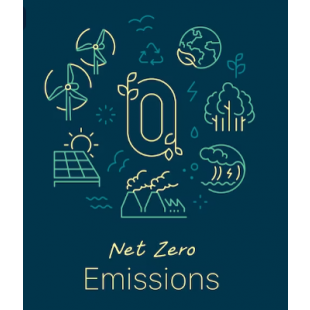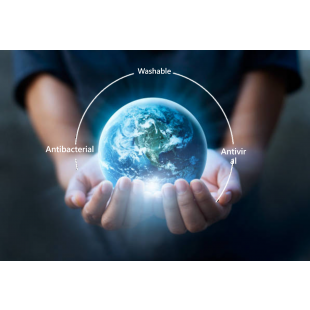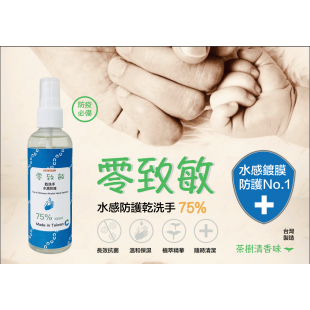All News
-

Net Zero- Climate Change Response Act - Bio-based Material (Chitosan)
Taiwan passed the Climate Change Response Act with a 2050 net-zero target. Chitosan bio-based materials align with green sustainability, offering eco-friendly and antibacterial applications.Net Zero- Climate Change Response Act - Bio-based Material (Chitosan)more -

ANTA Sport-Development of antibacterial products for 100 times of washing and epidemic prevention
ANTA Sports partnered with Chitosan technology to launch durable antibacterial textiles, SGS approved and eco-certified, maintaining efficacy after 100 washes.ANTA Sport-Development of antibacterial products for 100 times of washing and epidemic preventionmore -

Anti-dandruff shampoo
THE BEST HAIR PRODUCTS TO BRING EACH OTHER CLOSER
Education + concept piece on causes of dandruff and a green, Chitosan-based path to scalp care.Anti-dandruff shampoomore -

"Antibacterial" pant-type sanitary napkin
Long-lasting antibacterial products
Get a good night's sleep"Antibacterial" pant-type sanitary napkinmore -

Chitosan antibacterial agent-Bio-based Product Certification
Natural products need to pass their own product inspection certification (US USDA carbon 14 certification) to protect consumers, chitosan is a sustainable biomass material that meets the requirements of never causing river pollution, economical use of petrochemicals and inorganic antibacterial to make consumer products safe to use productChitosan antibacterial agent-Bio-based Product Certificationmore -

Water Sensation Protection Dry Hands
75% alcohol- completely sterilized, zero dead angle
Natural tea tree oil- deep cleansing skin, the ultimate natural fragrance
Chitosan- excellent biocompatibility and antibacterial properties, less prone to allergic reactionWater Sensation Protection Dry Handsmore -

Super concentrated laundry detergent
Natural laundry detergent
Protect yourself and the environmentSuper concentrated laundry detergentmore








